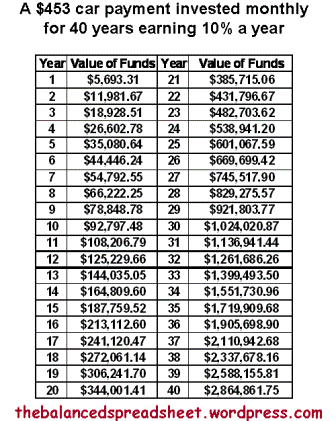Feel free to bookmark The Balanced Spreadsheet! Using Facebook, Twitter, or other social media
After reading and reviewing Dan Miller ‘s first book “48 Days to the Work You Love” reading his second book “No More Mondays” was the next logical step. No More Monday’s is a great follow-up that focuses primarily on finding your unique calling and using that start your own business. It proposes new ideas and ways of looking at things though revolutionary thinking instead of traditional thinking.
After finding and determining your unique calling you will then stop doing J-O-B-S that we hate and instead start living with a purpose. To find that purpose Miller writes that one must figure out their skills and abilities, personality tendencies, and values, dreams, and passions. Miller then devolves into the perceived “risks” of staring your business which includes the question is it riskier to stay at a job you hate then to do a job that fits your unique abilities? Also part of the risk is the risk of failing but Miller points out that you must embrace failure before you can succeed.
The book also goes into depth on the different types of work models from freelancing, to franchising, to selling, to consulting, to traditional work. Miller’s concept of “firing yourself” was an eye opener to me as he argues that by being in a safe “secure” job for 30 years might not be a blessing as much as it is a curse due to the potential to become comfortable and not learn as much as you can as well as losing the potential to make more money out on your own.
Overall I found this book to be a must read for anybody who has ever had the smallest desire to go out on their own and start a business. What challenged my thinking the most was the discussion on changing from a paycheck mentality to where your time does not equal compensation but instead where results equal your compensation and where profits become better than wages. For someone like me who has been an employee their whole life, this was a whole new way of looking at things. The book also discusses the myth that you must have significant start-up cash to succeed, but in reality all you need is a good idea to succeed. If you follow the advice in this book you will do well in the three “P’s”, passion, purpose, and profit.





